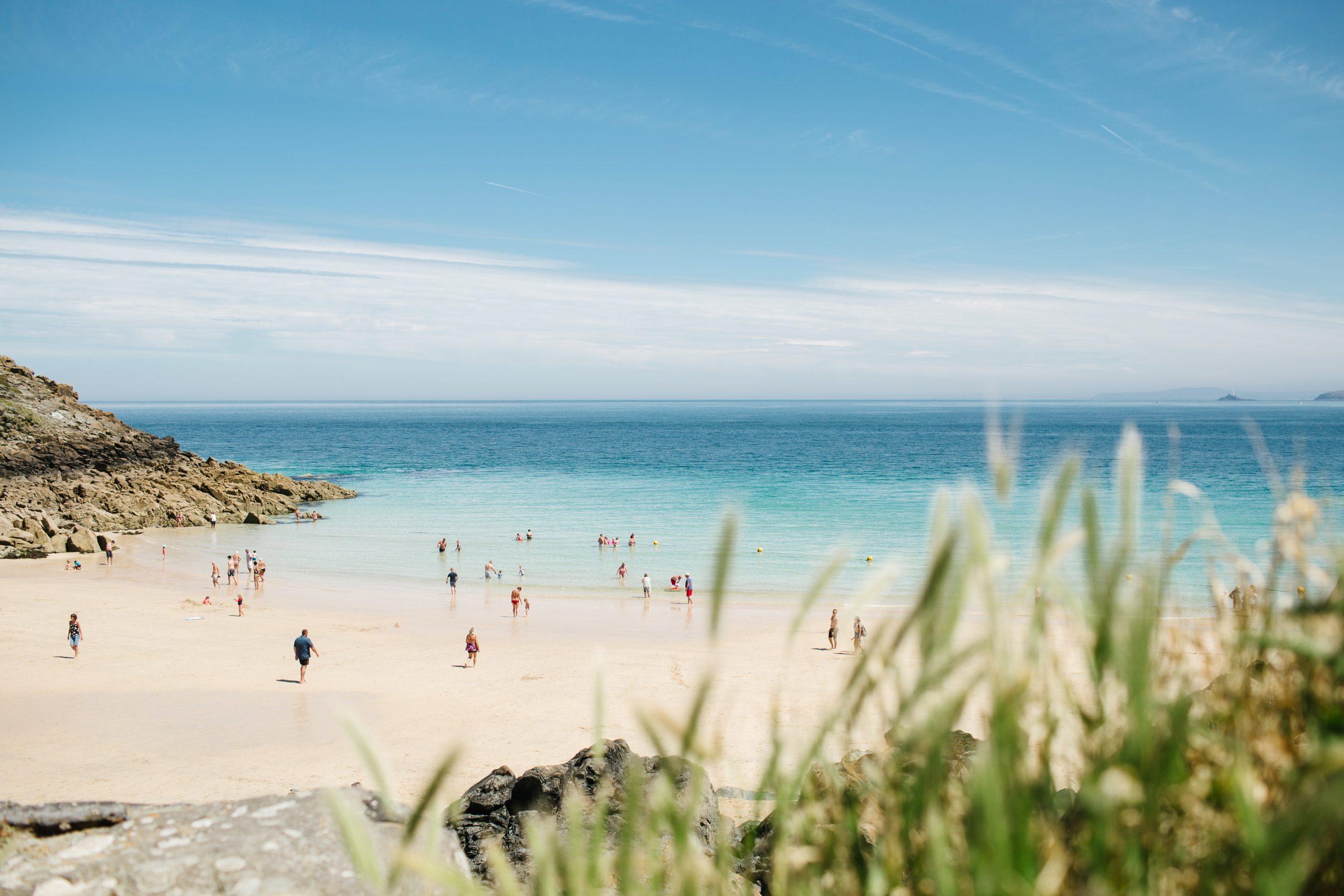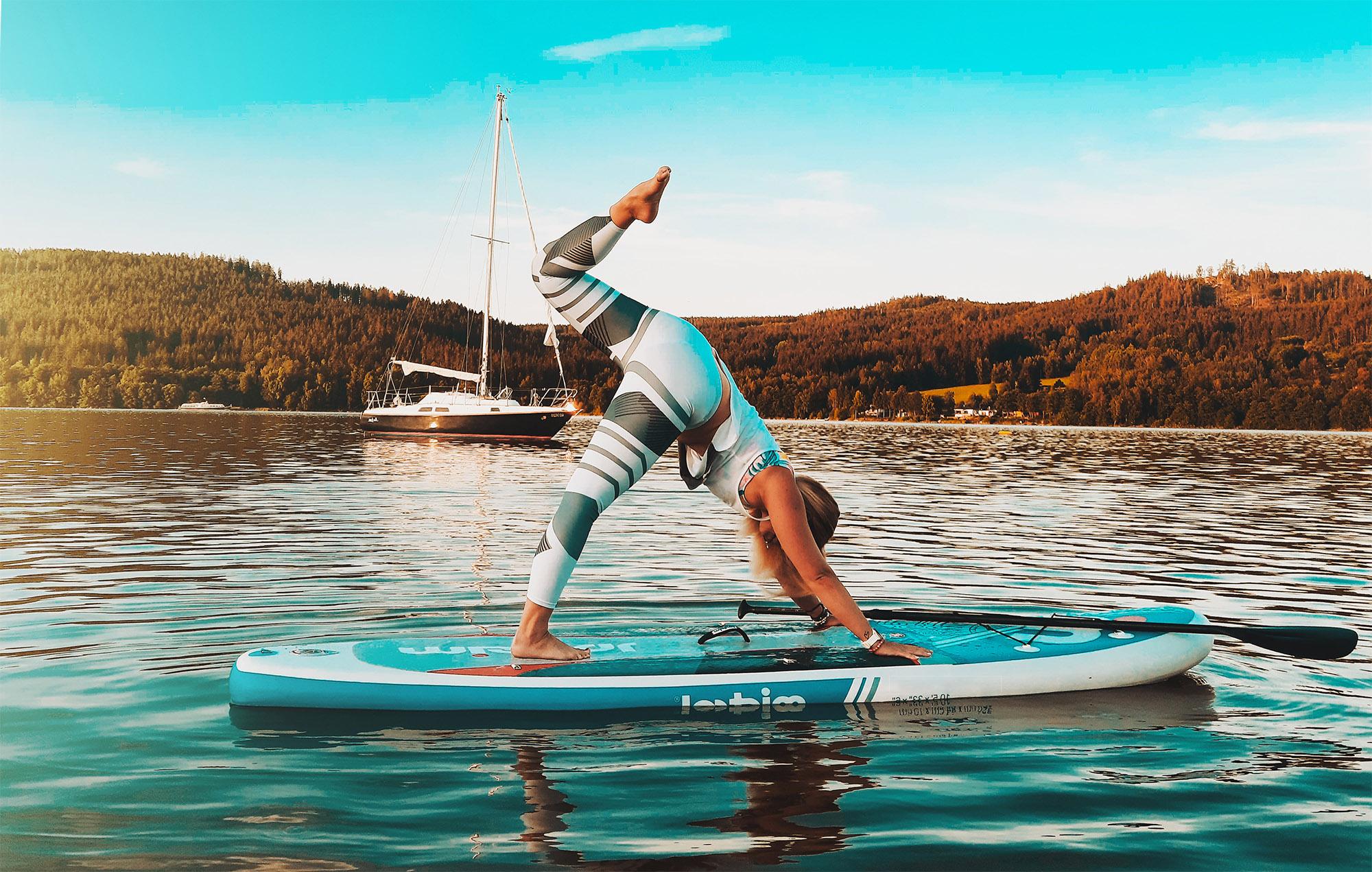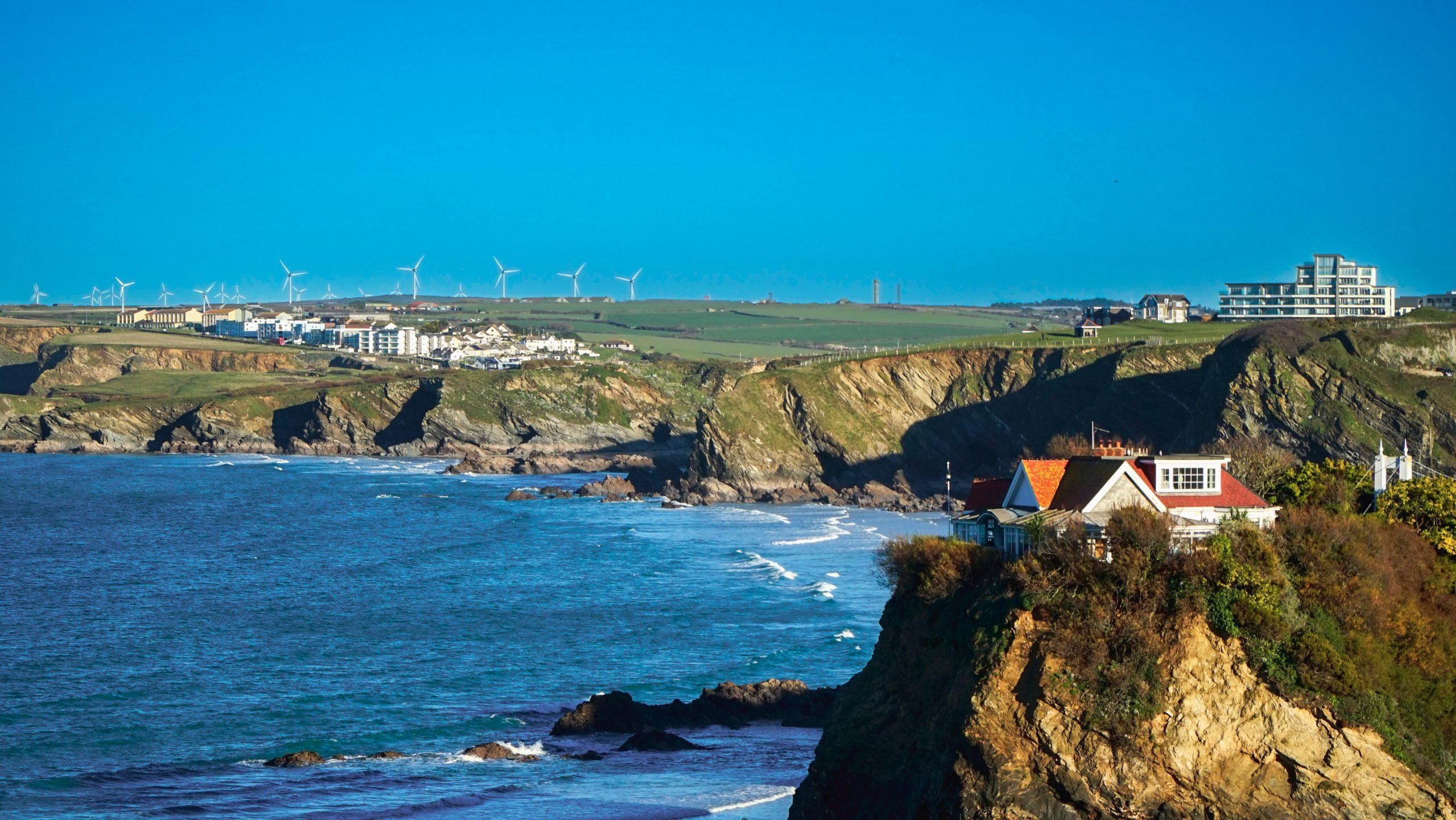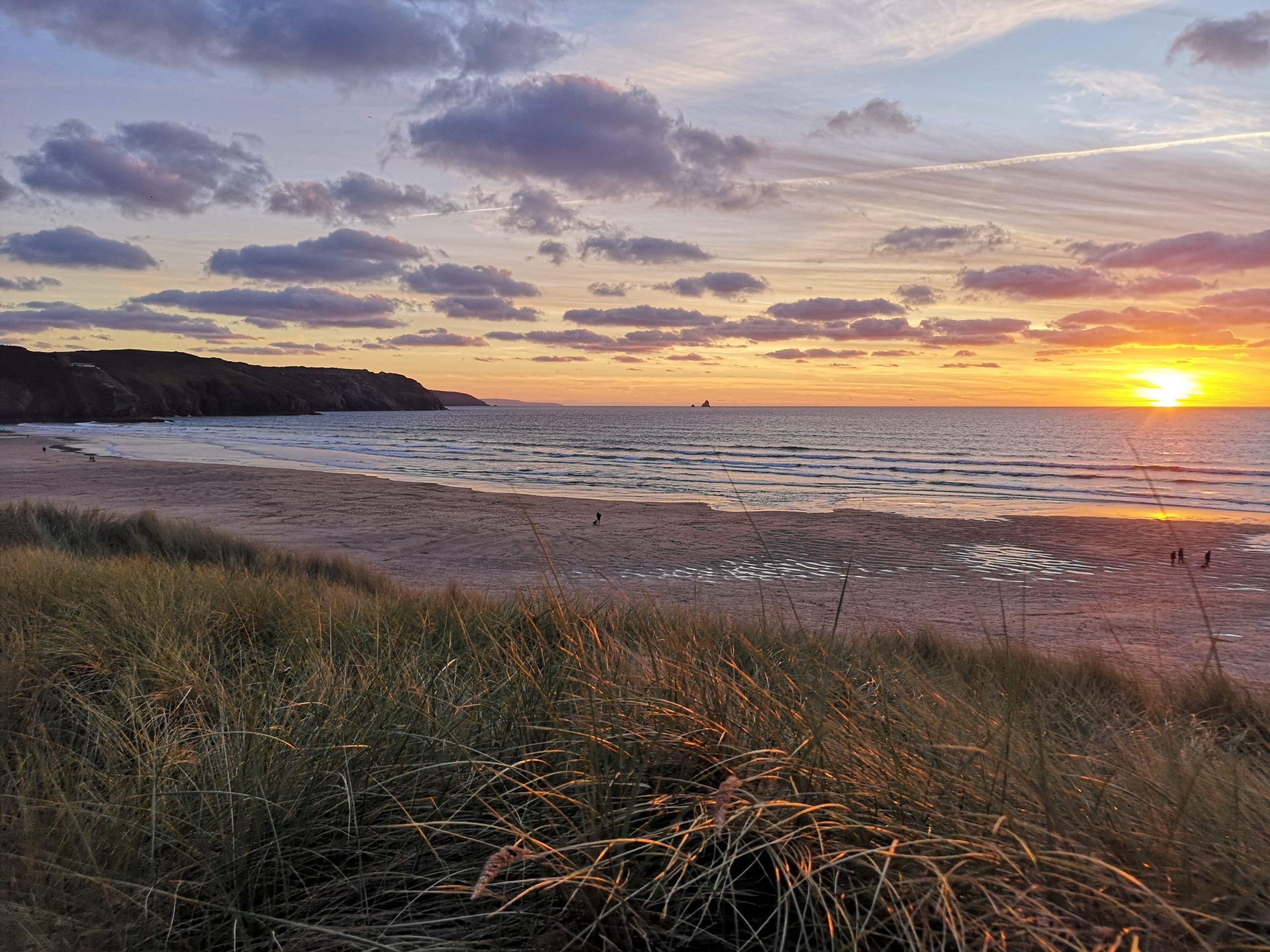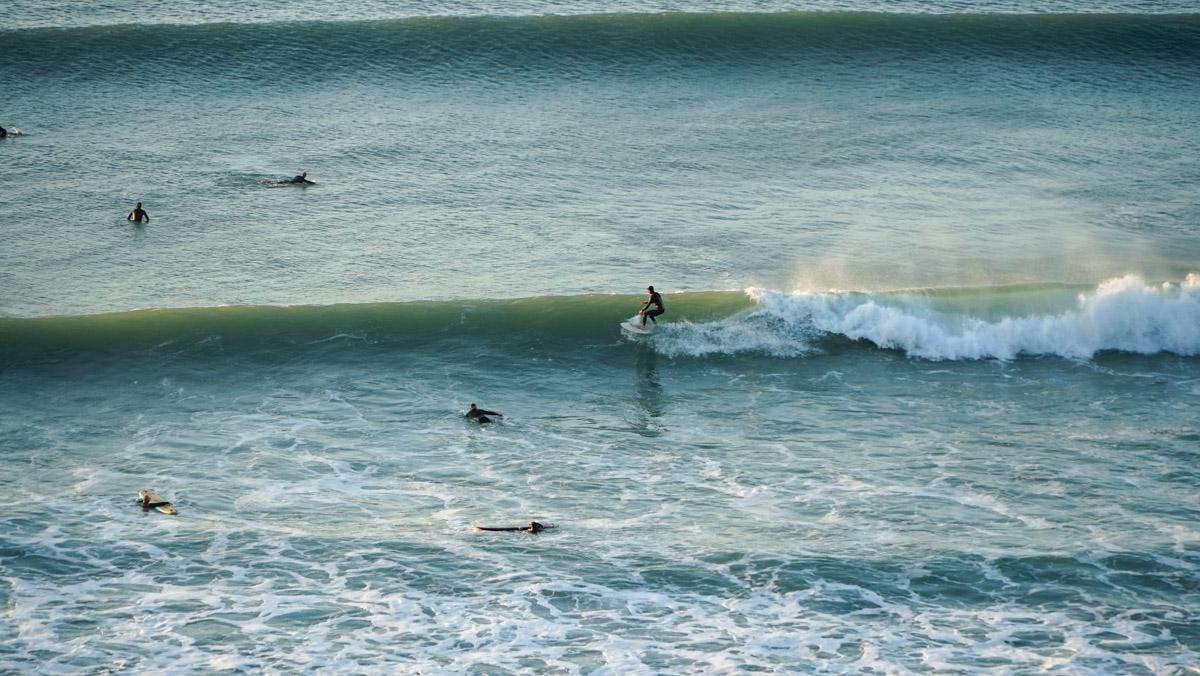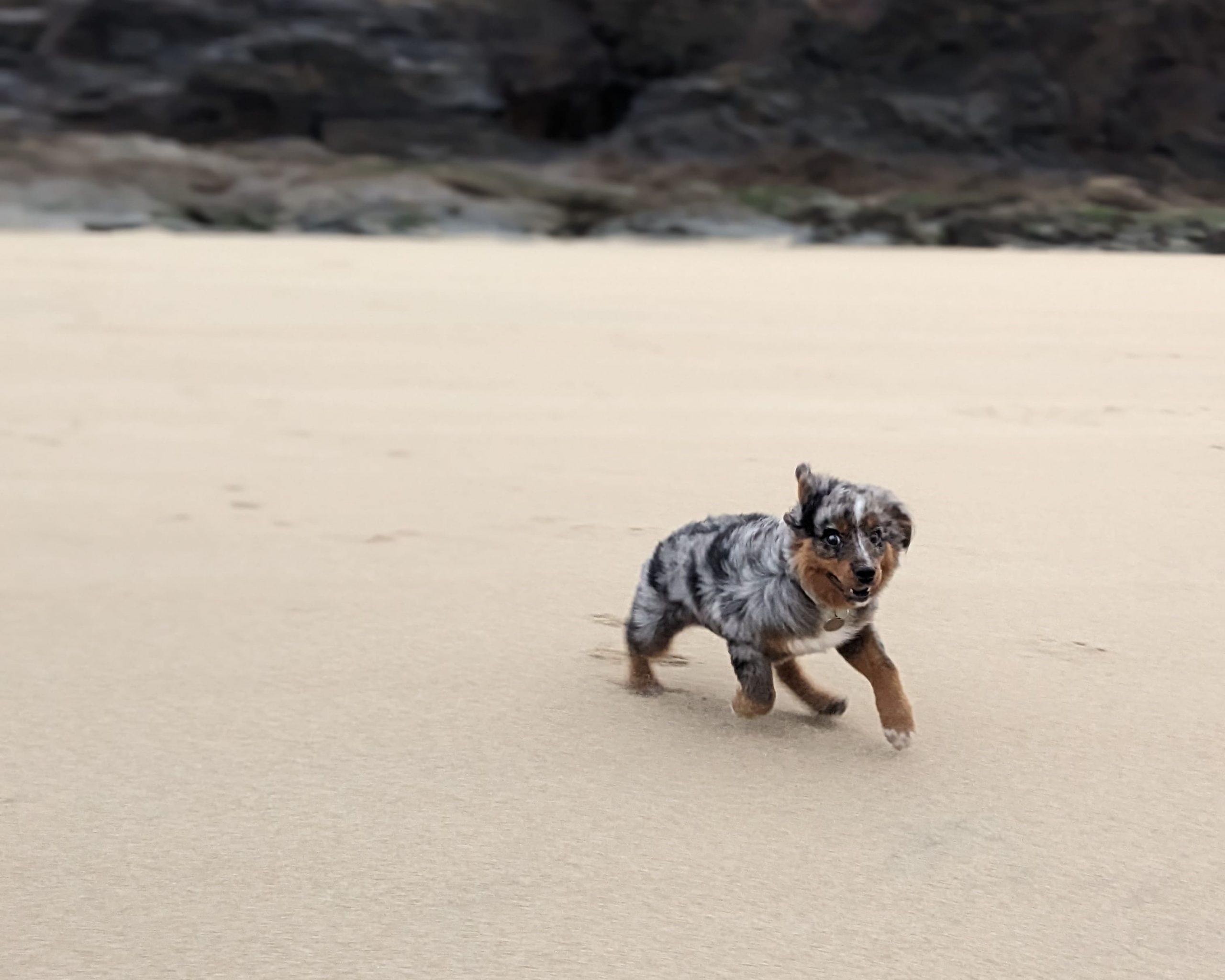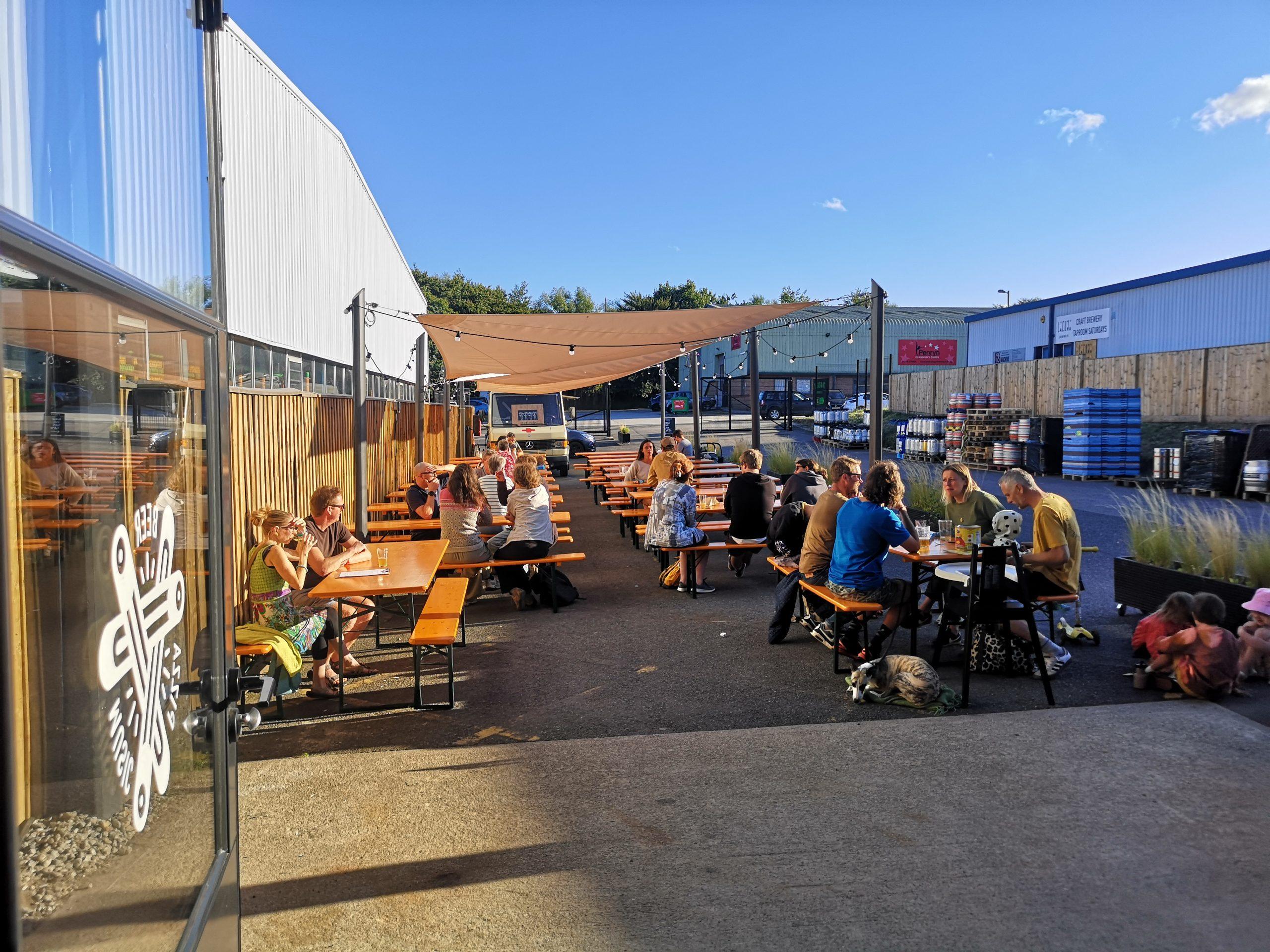Cornwall is Awesome
Relax, Unwind, and Recharge in Cornwall
About Cornwall
Want to know about Cornwall? Then you are in for a treat. There’s no denying it’s one of the most spectacular areas of the UK. In fact, you’ll hardly believe you’re still in the same country.
In simple terms: Cornwall is awesome.
It’s a surfer’s paradise with mile upon mile of golden sand and rolling beach breaks.
It’s littered with historical ruins, mines, and shipwrecks.
Its coastline is rich with fresh seafood restaurants.
Its landscape is like no other with clifftop paths and tranquil blue water coves.
There’s no wonder it has become the most popular holiday destination in the UK. Every year, millions of tourist flock to the south west for a warmer climate, epic beaches, laidback lifestyle, historic tours, outdoor adventure, family fun, and delicious local food.
No matter your holiday style, you’ll find the perfect stay whether it’s a camping escape, weekend BnB, luxury hotels, or private beachside villa.
Cornwall, or ‘Kernow’ in the Cornish language, is the most south westerly county in England.
The large peninsula pushes out into the Atlantic Ocean and borders Devon and further inland to the east.
Places

Cornwall is filled with rural villages, fishing harbours, and secret coves to explore along with major towns like Newquay, Truro, Falmouth and St Ives. You’ll love the mix of nature and vibrant local culture as you discover the area. Surfers, shoppers, foodies, adventurers, and historians will all find their perfect spot.
Cornwall can be split into three different areas – North, South and West.
North Cornwall runs towards the north coast and on the east side bordering Devon. It includes main towns like Bodmin, Padstow, Bude, and Newquay.
As you can imagine, south Cornwall is towards the south coast on the Eastern side of the county. Again it borders Devon and includes towns such as St Austell, Fowey, Looe and Polperro.
West Cornwall is the furthest reaches of England westward as the country starts to narrow towards Land’s End. This area includes Truro, Falmouth, St Ives, and Penzance.
North Cornwall
- Bodmin
- Launceston
- Padstow
- Rock
- Boscastle
- Mawgan Porth
- Polzeath
- Tintagel
- Bude
- Newquay
- Port Isaac
- Wadebridge
- Crackington Haven
South Cornwall
- Callington
- Looe
- Polperro
- St Mawes
- Charlestown
- Lostwithiel
- Polruan
- St Neot
- Fowey
- Mevagissey
- Saltash
- Torpoint
- Liskeard
- Millbrook
- St Austell
West Cornwall
- Camborne
- Isles of Scilly
- Penryn
- Portreath
- Coverack
- Lands End
- Penzance
- Praa Sands
- Truro
- Falmouth
- Lizard
- Perranporth
- Sennen
- Hayle
- Marazion
- Porthleven
- St Ives
- Helston
- Mullion
Adventures
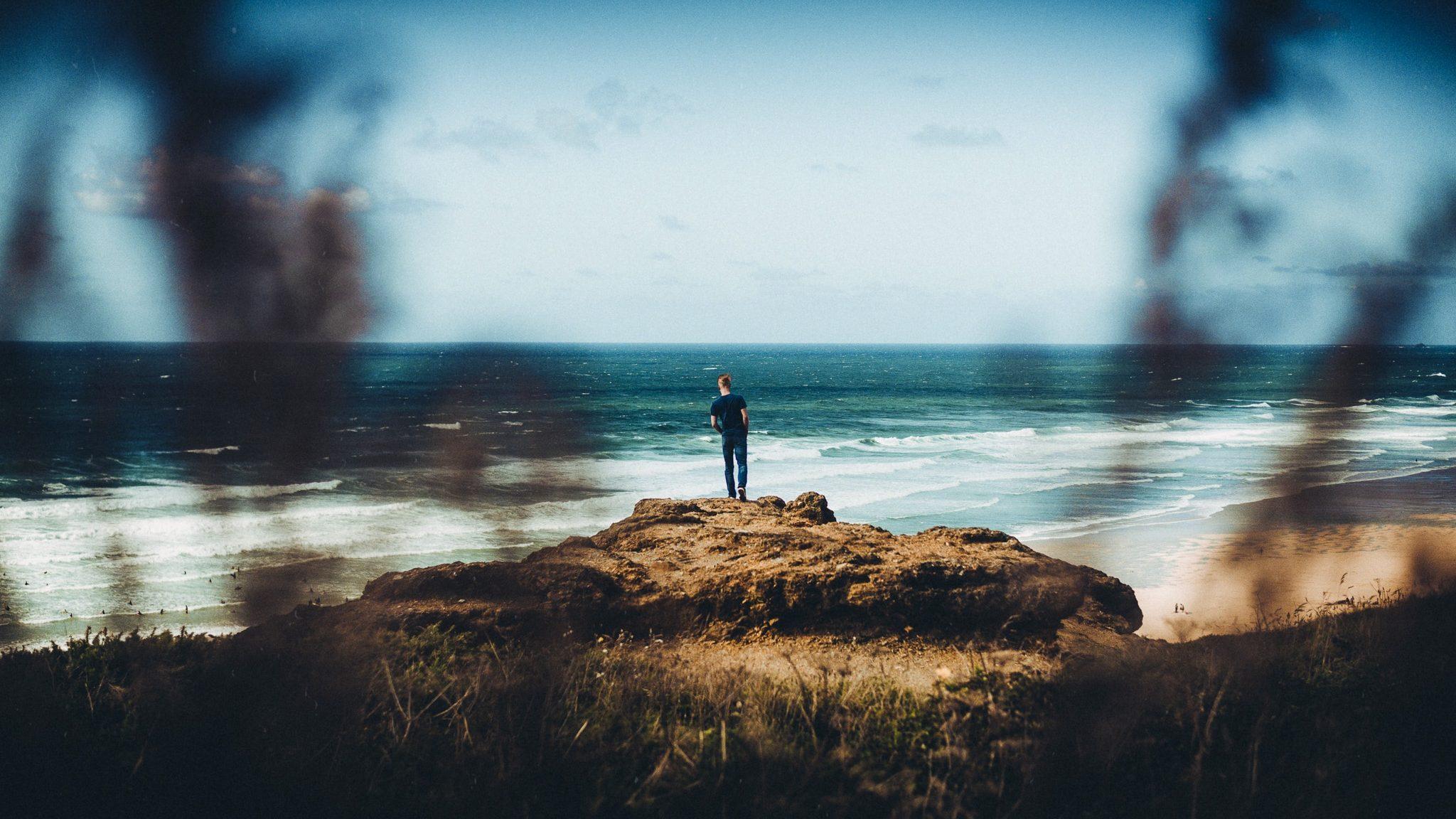
Cornwall is packed with adventure. It can be overwhelming with the amount of things to do!
But don’t worry, we’re like Indiana Jones’ hat, here with you every step of the way on your quest
While we’re talking about fictional characters, there’s a rich history of TV series filmed in the area. And you can go and visit the location of your favourite scenes. Two of the stand out dramas are Doc Martin and Poldark. Take a stroll around Port Isaac and you’ll instantly recognise the small picturesque fishing village. You might even bump into the Doc himself. Across the county, you can relive Ross Poldark’s epic life as you explore beaches, take coastal horseback rides, or even book a tour of the most famous filming locations. In fact, the rise of the show means Cornwall is often referred to as Poldark country.
Want to get away from the TV? Then take your pick of things to do. Most beaches offer a choice of watersports activities including surf lessons and rental, stand-up paddle boarding, kayaking, fishing, and wildlife boat tours. Or just let time slip away as you wander the golden sands or get lost amongst the glorious sand dunes. For a proper hike, pick a leg of the South West path!
To embrace local culture, then take your pick from historic tin mines, to Land’s End, and a visit to the world-famous Eden Project.
Eats & Drink
You’ll be stunned by the food at every turn. Literally, you can’t go around a corner without finding a secret food shack. Wander through a local village to find a fresh homecooked restaurant, seafood straight off the boat, hot pasties out of the oven, or a touch of fine dining.
Seafood is top of the foodie’s hit list with fish coming straight off the boats cruising the Cornish coastline. Find the nearest restaurant and tuck in! Or stumble upon a harbourside fishmonger for your kitchen this evening. You won’t be able to resist a bowl of moules in Porthleven harbour or seafood tapas in Falmouth or treat yourself to a Michelin star dining experience.
One of the best things about food and drink in Cornwall are what we call ‘secret spots’. You don’t know, unless you know. Although, Instagram is handy to find top treats these days (and Cornish Vybes obvs…) There are all sorts of food trucks, beach bars, and crafty spaces serving quick bites, sweat treats, fab cocktails, and straight-up banquets!
If you’re trying to keep the kids happy, then you can easily find well known chain restaurants in the major towns. Plus you’ll find local restaurants serving meat, veggie dishes, pizza, pasta, curry, and the rest.
And don’t forget a pasty and an ice cream.
Beaches
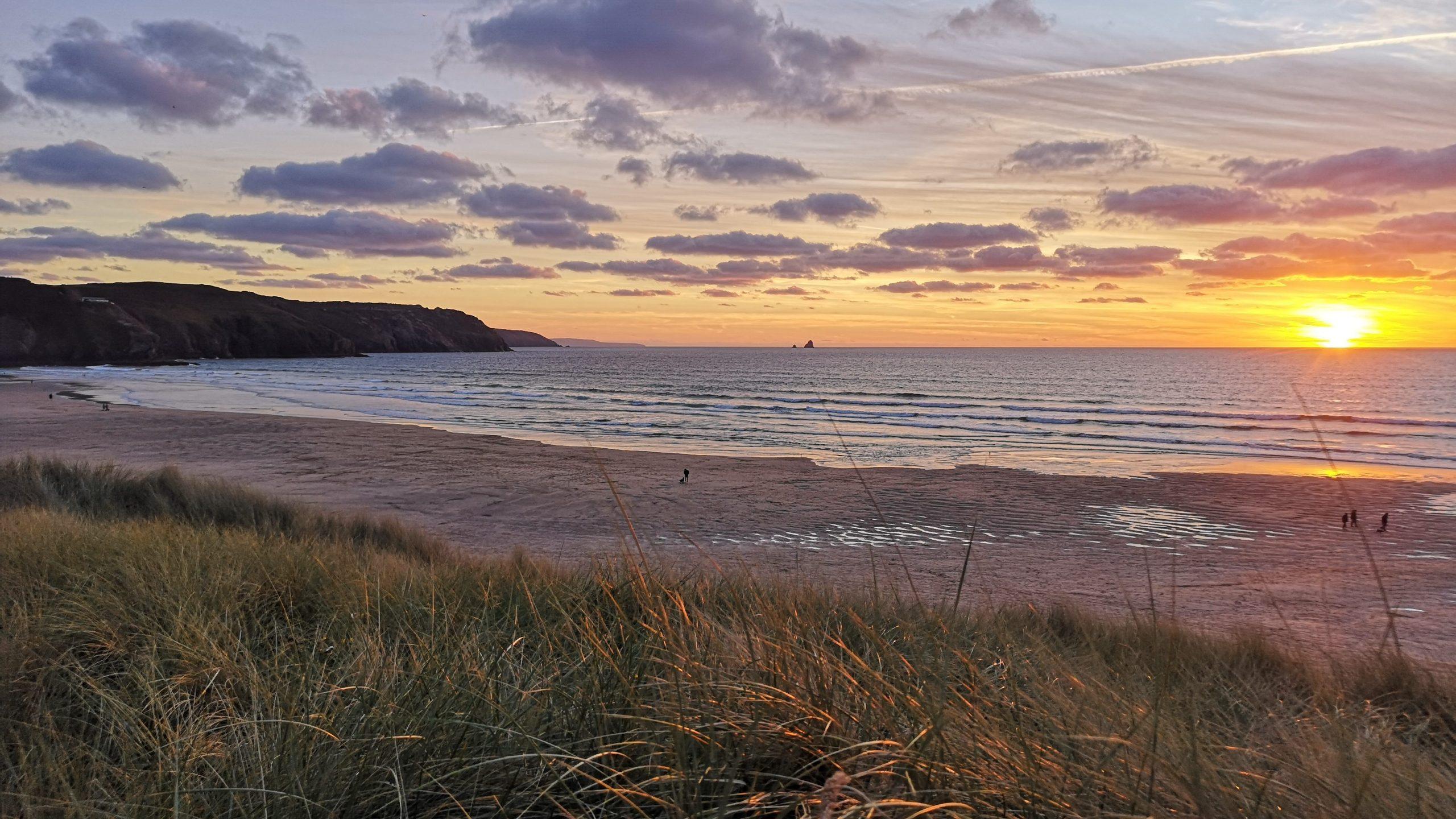
Cornwall is famous for mile upon mile of golden beaches and crystal blue waters. You can be forgiven for thinking you’re on a far-flung treasure island. But this isn’t an optical illusion or Harry Houdini magic trick, this is good old blighty.
Although there’s still a rich sailing and pirate heritage, so fingers crossed you’ll find a gold stash.
Falmouth, on the South coast, is England’s most Westerly deep water port and still a mecca for sailers exploring the Atlantic. All along this South coast are long quiet beaches and bays, usually with tranquil calm waters, such as Portscatho, Gyllyngvase, Pentewan, Looe, and Polperro.
Surfers flock to the epic North coast beaches for reliable beach break swells and plenty of paddle space even in the summer. Perranporth and Gwithian both boast 3 miles of uninterrupted sand. While Fistral and Great Western are Newquay’s iconic seaside locations. And don’t forget to check out coves like Porthtowan, Mawganporth, or Polzeath
At the furthest point West in England, you can feel the sand on your toes and throw rocks into the spine-tingling Atlantic ocean. Of course, you can visit Land’s End and nearby beaches like Sennen and Gwynver which are famous surf spots. Further to the south lie more unique coves and shorelines at Porthleven, Praa Sands, and Kynance Cove. The latter of which is a heaven for you #travelgram addicts out there.
Travel
Getting to Cornwall is a little like queuing for a roller coaster. It can take a while, there’s twists and turns, but it’s worth the wait.
From most places in the UK (and further…) it’s can take time to get to your destination in the South West. But these days, travel is actually simple with high-quality road networks, direct trains, coaches, and an airport.
Access by car to the Southwest is most popular by taking the M5 which intersects with the M4 at Bristol. The M5 speeds you down through Somerset and Devon to Exeter. From here you can branch off in your chosen direction on the A38 or A30 for dual carriageway journeys towards Truro, Padstow, Newquay and further west.
A regular train service runs through the heart of the county via major settlements all the way to Penzance. This train line connects directly to London Paddington, enabling access to the capital in 4 hours without changing plus it stops at main cities along the way including Truro, Plymouth, Exeter, Taunton, and Reading.
Did you know Cornwall has an airport? So you can fly directly into Newquay from domestic airports like London, Manchester, Newcastle, and Dublin, plus international flights to Faro, Alicante, and Dusseldorf. Adding to this, Exeter airport (in Devon) is another option but still a good hour drive or more.
Coaches run with National Express from London and other stops along M4, M5, and A30 routes. Plus local bus service allows you to slowly explore the quiet villages or take the open-top coastliner until you find your favourite beach.
Accommodation
If you’re not convinced about a visit by now, then the only thing left to do is come and get your own eyes on what we’re talking about here.
Either way, you’ll need somewhere to stay. And there’s the perfect accommodation for you.
For those on a low budget and an outdoorsy spirit, camping awaits! You can find dozens and dozens of affordable campsites just metres from the beach. Or choose glamping if you prefer a luxury adventure.
Bed and Breakfasts provide a homely middle ground around the hills, trees, beaches, and villages. While local hotels make life easy whether you want a weeklong base or fancy hopping from town to town.
AirBnBs (or similar), you know the drill, load up your preferred app to find a cosy cottage, modern flat, or kooky beach hut.
Planning an unforgettable trip? Then you’ll be spoiled by the choice of luxury villas and hotels. We’re talking cliffside, sunset-facing, beach cove adjacent, indoor swimming pool level of epicness.
History

The history of Cornwall largely surrounds tin and copper mining which was a large part of the local economy until the 20th century. In addition, Fishing and agriculture are important sectors, still in existence today. As you explore, you’ll see old tin mines dotted around, stunning fortified castles, working farms growing and herding cattle, and harbours towns full of boats and lobster cages.
Sailing and trade have been conducted over the centuries from ports like Falmouth which we’re important for boats sailing the Atlantic. This includes pirate and smuggling activity during the Elizabethan era. Cornwall is famous for shipwrecks which savaged hundreds of passing ships on the rocky coastline.
Since the 20th century, railways created a huge growth in tourism which the local economy now depends upon. Every year Britons and global travellers flock to the area, especially during the warm summer month.

